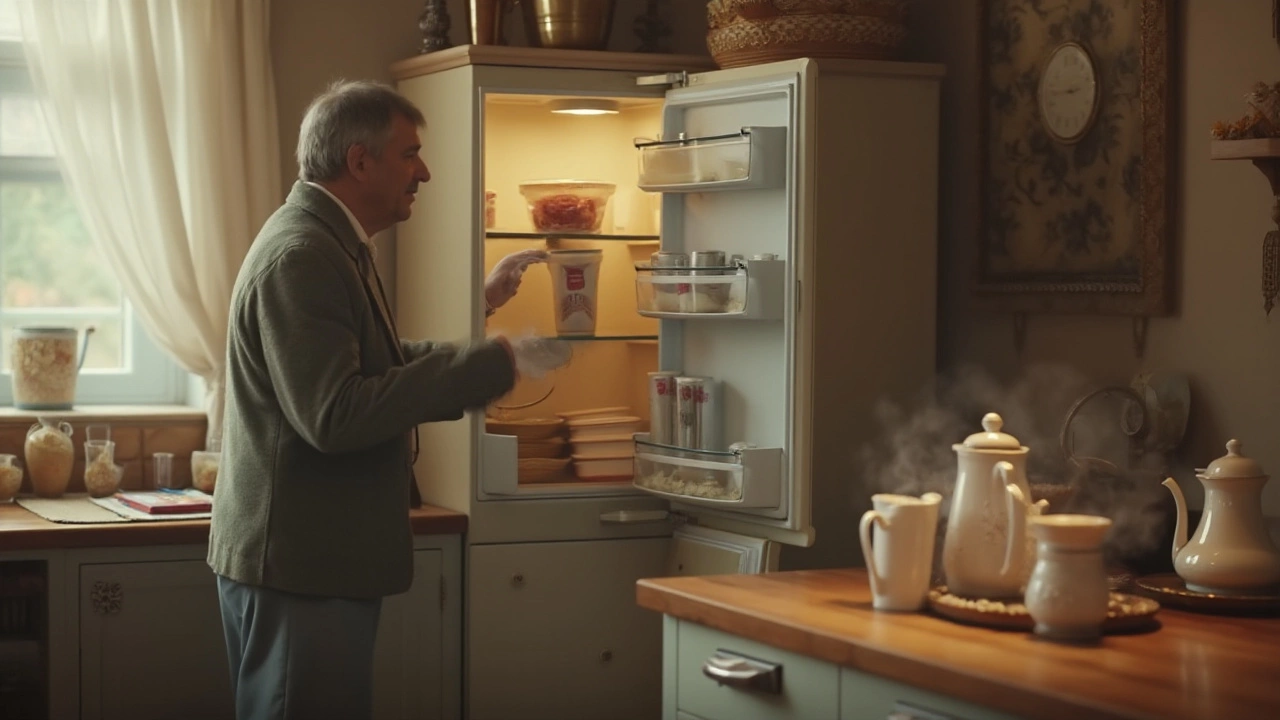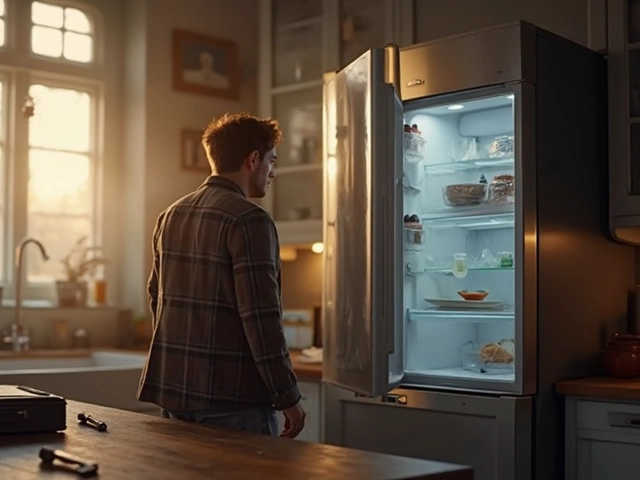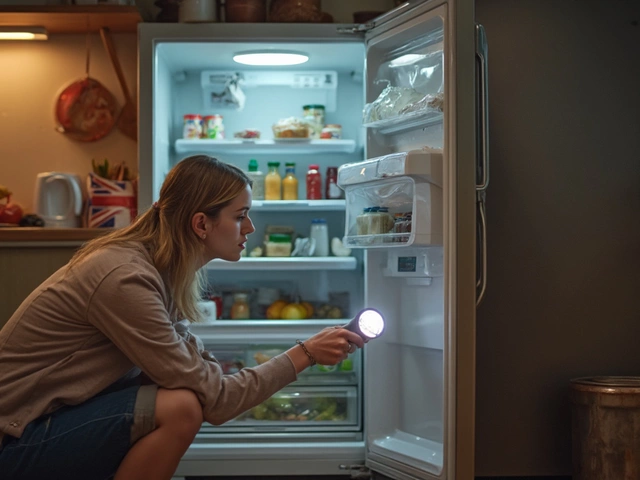A freezer is a vital piece of home equipment that quietly preserves our food and sustains our culinary ambitions. Yet, like any hard-working appliance, it can sometimes falter, leaving you questioning whether it's performing as it should. Detecting a problem early not only saves your food but could prevent a small issue from escalating into a costly repair job.
This guide aims to help you navigate the perplexing realm of freezer repair by highlighting several key signs of malfunction. From odd noises to unexpected temperature hikes, we'll explore the telltale signs that your freezer might be in distress. You'll also learn some practical troubleshooting steps to take before deciding whether to bring in a technician.
- Recognizing Unusual Noises and Leaks
- Temperature Inconsistencies
- Frost Buildup and Door Seals
- When to Seek Professional Repair
Recognizing Unusual Noises and Leaks
We've all been there: you enter your kitchen, perhaps in the dead of night for a midnight snack, and you hear a cacophony from your freezer that could rival an amateur percussion ensemble. While some light humming and the gentle whoosh of air are quite normal as your trusty appliance keeps your food chilled, odd noises can be the first hint of trouble for your freezer repair saga. Listen for rattling, clunking, or high-pitched squeals. Such sounds could point toward issues like a faulty fan or compressor, which, if left unchecked, might lead to higher energy bills and a greater risk of spoiled food. In particular, a loud buzzing might imply that your freezer is working overtime, perhaps struggling against insufficient cooling or excess frost buildup.
Citing an expert, appliance technician John Roberts notes, "Regular maintenance and attention to unusual sounds can significantly extend the lifespan of your freezer." It's not just about avoiding repairs, he points out, but also about energy efficiency and reducing waste.
Leaks are another clear indication that your freezer may need some attention. It's often tempting to overlook a little puddle—"just condensation," you might tell yourself. However, leaks can signal more insidious problems like a blocked defrost drain or ice maker malfunctions. Even small leaks should be investigated promptly to prevent damage to your kitchen floors or cabinets. Catching these signs early can save you from immense hassle. Consider checking the internal tubes and drain pan for clogs or inadvertent shifts that could be causing water seepage. Furthermore, consider the seal of your freezer door, as a compromised seal can both create melting ice and prompt leaks, undermining your appliance's efficiency and making it work harder to maintain cold temperatures.
Another common culprit is the ice maker. If your freezer has one, make sure its water supply line is secured tightly and free of cracks. Sometimes, vibrations can loosen connections and cause leaks at the back of your unit. If your ice maker doesn't seem to be problematic, turn your attention to any dispensers or filter systems. A clogged or old filter can often be the hidden cause behind unexpected leaks. And, if there's insulation damage due to a minor water leak that has gone unnoticed, it could turn into a bigger issue. When you embark on broken freezer troubleshooting, bear in mind that overlooking a minor leak might spiral into a major headache, necessitating costly repairs.
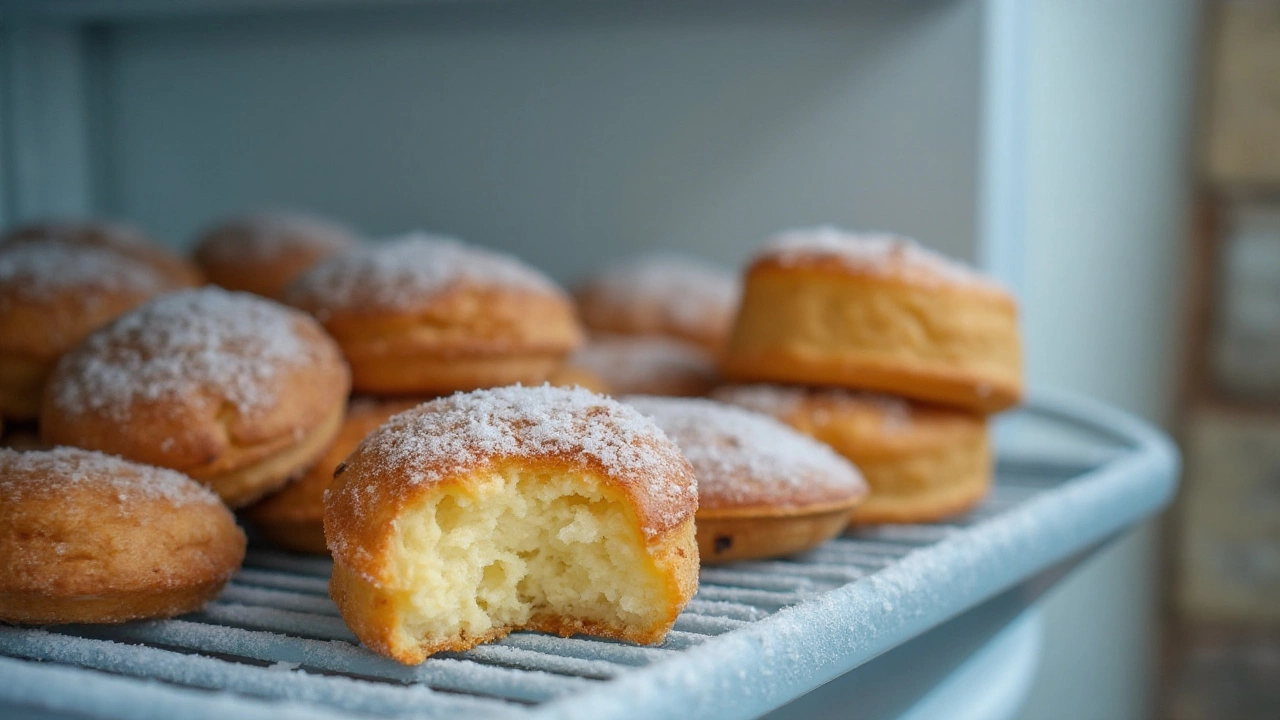
Temperature Inconsistencies
The dilemma of fluctuating temperatures in your freezer can be vexing and potentially costly, as it poses a threat to the safe storage of your food. When your freezer starts playing temperature tricks—like failing to stay consistently cold or, worse, fluctuating between frozen solid and barely chilly—it's time for a thorough check-up. There are various reasons why these inconsistencies might occur, and understanding them is the first step in resolving the issue. Sometimes, it might be as simple as the thermostat going awry, or, in more complicated cases, a problem with the internal machinery might be at fault. The key is to identify the root cause early.
One of the first steps in troubleshooting temperature inconsistencies is to examine the thermostat settings. It's not uncommon for users to accidentally alter thermostat settings, especially if the control is located in a less visible spot. Adjusting the dial back to the recommended temperature, typically around 0°F (-18°C), should be your initial action. However, if adjusting the thermostat doesn’t resolve the problem, there may be other culprits. Let's not overlook the possibility of blocked air vents, which can significantly impact your freezer's ability to maintain a steady temperature. Freezers rely heavily on air circulation, and if vents are obstructed—perhaps by stored items or ice buildup—it can lead to uneven cooling.
That being said, irregular temperature may also be a sign of a malfunctioning evaporator fan. A faulty fan fails to adequately circulate cold air throughout the unit, leading to inconsistent cooling levels. Regular maintenance, such as cleaning the fan and ensuring it spins freely, can help prevent such issues. Similarly, the condenser coils need attention too. Accumulated dust and debris can hamper their efficiency, causing the freezer to work harder than necessary to maintain the desired temperature.
In some cases, temperature fluctuations could indicate a deeper, more complex issue that requires professional attention. Refrigerant leaks, for instance, diminish the appliance's cooling capability and should be handled by an expert. As emphasized by numerous appliance experts, including the notable repair technician, Peter Wendel, in a recent
"Preventive maintenance goes a long way. Regularly checking coils and fans can stave off major issues."This advice highlights the importance of routine checks to extend the lifespan of your freezer and ensure its optimal operations.
If you are still experiencing problems despite these troubleshooting steps, it might be prudent to invest in a digital thermometer. This can provide precise readings and help monitor the internal conditions of your appliance to identify patterns or specific areas that are consistently problematic. It's important to remember that your freezer's efficiency can be influenced by its surroundings, including room temperature and how frequently the door is opened. During warmer months, freezers might need to work a bit harder, while an appliance packed with items near the door can prevent it from sealing properly, displaying temperature inconsistencies.
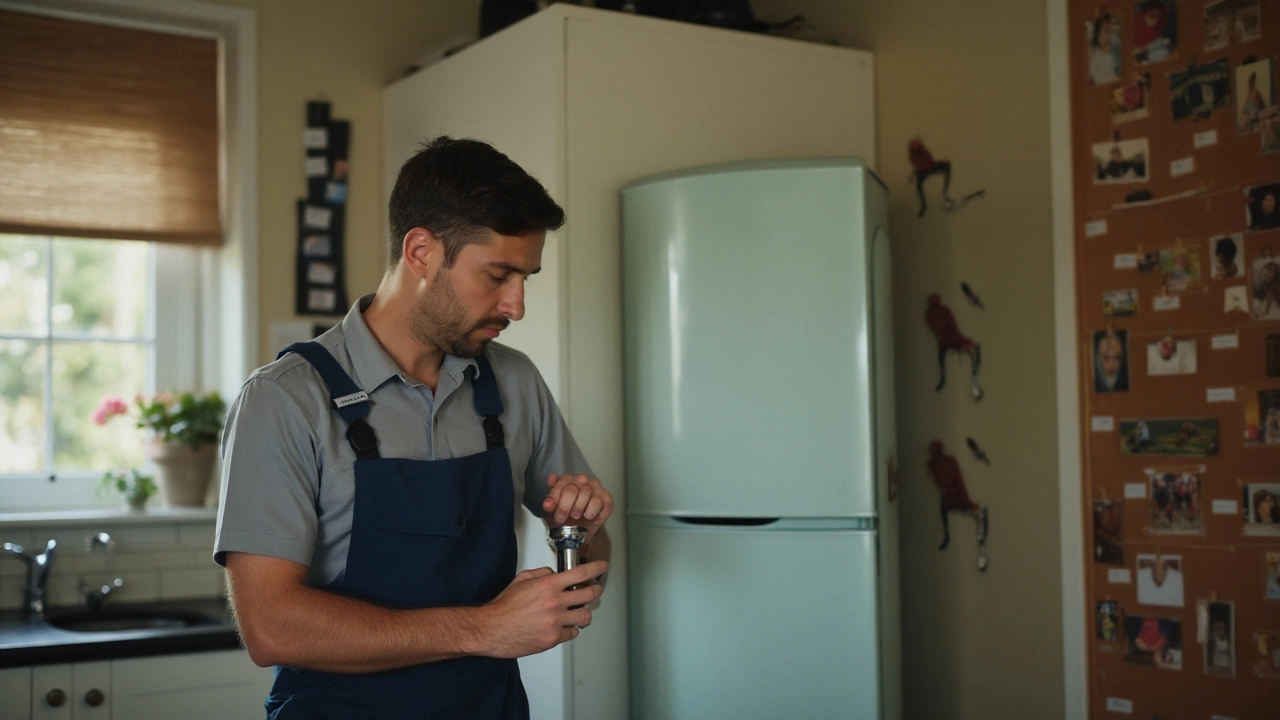
Frost Buildup and Door Seals
Frost buildup is more than just an annoying inconvenience; it's a clear signal that your freezer isn't running optimally. When your freezer accumulates excessive frost, it compromises the appliance's efficiency and potentially damages stored food. But what causes this icy nuisance? Typically, frost develops when warm air infiltrates the freezer, often due to poorly sealed doors or malfunctioning components. This ingress of air disrupts the delicate balance required to maintain freezing temperatures, prompting the moisture in the air to crystallize upon contact with the cold surfaces inside.
Monitoring the state of the seals around your freezer door is essential. Made from a pliable material known as a gasket, these seals play a pivotal role in ensuring the door shuts tightly, keeping cold air in and warm air out. Over time, however, gaskets can become brittle or warped, resulting in imperfect seals. To check, inspect your freezer's door closely for any signs of visible wear or looseness, and make sure it’s aligned correctly when closed. You can also conduct a simple 'paper test': place a piece of paper between the door and the freezer frame, close it, and see if you can pull the paper out easily. If it slides out without resistance, it's likely time to replace the gasket.
Occasionally, factors other than the door seal can cause frost. For instance, leaving the freezer door open for extended periods, perhaps when unloading shopping, can introduce excess moisture, precipitating frost buildup. Also, frequent fluctuations in settings can lead to inconsistent temperatures that likewise result in frostiness. Regular maintenance checks, such as ensuring that the internal thermometer is calibrated properly, can preempt these issues. It's always a sound practice to familiarize oneself with the manufacturer's instructions and guidelines specific to your freezer model.
"Freezer maintenance is more about prevention than repair. Addressing issues like frost early can significantly extend appliance longevity," advises appliance expert John R. Marshall.
Sometimes, frost issues may link back to more complex mechanical failures, such as problems with the defrost heater or thermostat. In these cases, professional intervention might be necessary. However, keeping hazardous frost under control significantly minimizes repair needs. It also saves energy, translating into reduced electricity bills. Data from energy specialists suggest that a frost-laden freezer can hike up power usage by up to 10%. Thus, a watchful eye over frost development and door seal integrity not only safeguards food but can also make a noticeable difference in your home’s energy efficiency.
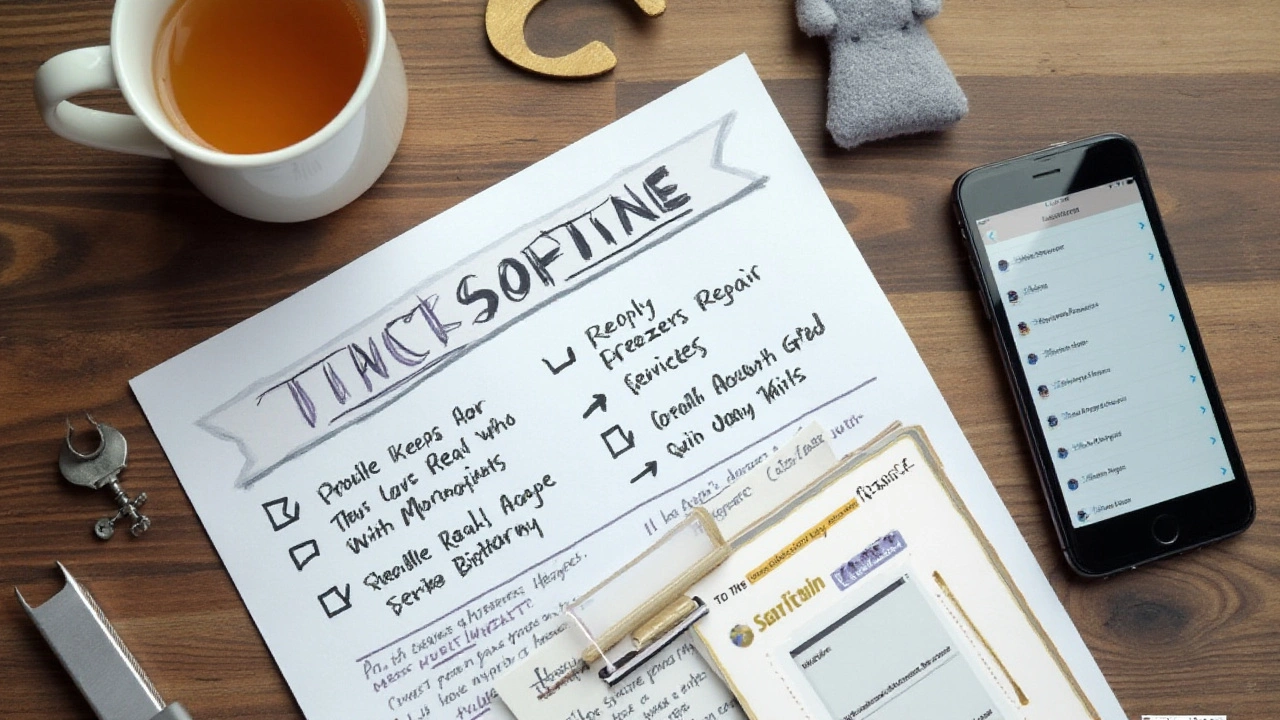
When to Seek Professional Repair
Realizing that your freezer might need professional repair can be a daunting moment, but it's important to know when it's beyond a simple DIY fix. A crucial factor is the temperature inconsistency, which is more than just a mild fluctuation. If you're consistently finding that food is either half-thawed or encased in ice beyond the norm, this points to a malfunction that might need an expert's touch. A defective thermostat or a blocked condenser coil could be the culprits, and they're not something you can easily handle without the right tools and expertise.
Investigating unusual sounds is also part of maintaining a healthy freezer. While a certain hum is normal, grinding, screeching, or clicking noises usually indicate mechanical issues like a failing compressor or motor. These components are vital for the optimal running of your appliance and attempting to fix them without proper knowledge can cause further damage. A qualified technician can diagnose and repair these issues effectively, ensuring the longevity of your freezer.
If you observe water pooling on the floor around your freezer, it might be tempting to blame an external spill or a forgotten ice cube. But repeated occurrences should raise a flag. Such leaks can signify problems like blocked defrost drains or faulty water supply lines in models with ice makers. Addressing these requires not just replacing parts but ensuring that the underlying problem doesn’t return. A professional can provide a more sustainable solution, digging deeper than surface-level fixes.
In the words of Martin Lang, CEO of the Appliance Service Association, "Timing is everything with appliance repair. Left unchecked, a minor issue with your freezer could escalate into significant damage to your home or massive energy bills.”
Another sign that professional intervention is needed is persistent frost buildup despite defrosting attempts. This can indicate broken door seals or issues with the defrosting cycle itself. A DIY approach might temporarily alleviate the frost, but unless the root cause is addressed, it will only reappear. Additionally, these recurring frost issues can increase energy consumption as the freezer works harder to maintain its internal environment, leading to a spike in your electricity bills.
Lastly, weigh the age and efficiency of your freezer. According to industry experts, if a freezer is more than a decade old, facing recurrent issues, and not energy efficient, it might be more cost-effective to upgrade rather than repair. Modern models are designed with energy efficiency in mind and could save on costs in the long term. Consider professional advice, as they can offer insights into whether a repair or replacement is the better investment for your household needs.

